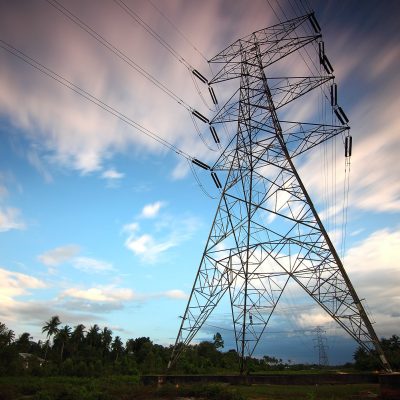When it comes to understanding and managing greenhouse gas emissions, it’s essential to have a clear understanding of the different types of emissions. The Greenhouse Gas Protocol, developed by the World Resources Institute (WRI) and the World Business Council for Sustainable Development (WBCSD), provides a widely accepted framework for organising and reporting emissions data. The framework divides emissions into three distinct scopes: Scope 1, Scope 2, and Scope 3.
Scope 1 Emissions
Scope 1 emissions are direct emissions that come from sources that are owned or controlled by an organisation. These emissions typically include sources like combustion of fossil fuels in boilers or furnaces, on-site transportation, and emissions from chemical reactions that occur on-site.
Examples of Scope 1 emissions include:
- Fuel combustion on site (e.g., natural gas in boilers)
- Fugitive emissions from facilities (e.g., leaks from pipelines, flaring)
- Company-owned vehicles (e.g., fleet cars, trucks)

Scope 2 Emissions
Scope 2 emissions are indirect emissions that come from the consumption of purchased electricity, steam, heating, and cooling. These emissions are produced by someone else, but they are still relevant to an organisation because they are a direct consequence of the organisation’s energy use.
Examples of Scope 2 emissions include:
- Electricity purchased from a utility
- Steam, heating, and cooling purchased from a third-party supplier

Scope 3 Emissions
Scope 3 emissions are all indirect emissions that occur in the supply chain of an organisation. These emissions come from sources that are not owned or controlled by an organisation but are still a consequence of its activities. These emissions can be the most challenging to measure and manage as they are often outside of an organisation’s immediate control.
Examples of Scope 3 emissions include:
- Emissions from purchased goods and services (e.g., raw materials, components)
- Emissions from outsourced activities (e.g., manufacturing, transportation)
- Emissions from the use of products or services (e.g., use of a company’s products by customers)

While Scope 1 and 2 emissions can be measured and managed directly by an organisation, Scope 3 emissions are more difficult to control as they often involve other companies and can occur far upstream or downstream in the supply chain. However, understanding Scope 3 emissions is critical as they often make up the largest share of a company’s carbon footprint.
Tunley Environmental can help companies with their scopes 1, 2, and 3 emissions by providing comprehensive carbon footprint assessments that identify and quantify emissions sources across the value chain. Our team of scientists can work with companies to develop and implement effective strategies to reduce emissions, optimise energy use, and improve overall sustainability performance. Additionally, we offer tailored training and support to help businesses manage their carbon footprint on an ongoing basis and stay up-to-date with the latest best practices in carbon management. With our help, companies can not only meet their emissions reduction goals but also gain a competitive edge by demonstrating their commitment to sustainability and social responsibility. Contact us today to learn more about how we can help your business achieve its sustainability objectives.


